Don't wanna be here? Send us removal request.
Text
venue issues for dance show
One issue that could occur would be the use of the radio mics and not pulling back enough on the down stage monitors when they sing a few of the numbers.
the black drapes are positioned at the side so noise will be absorbed twice as fast than without them, also with platforms the sound has more deflection time to work with.
Another major issue would be the db level for the performers, technicians and the audience members as the amount of noise over a certain amount of time just gives wear and tear on your ear drums and the level being high constantly can affect your hearing.
Where two monitors are placed side of stage, as much as the tape is covering the wire the dancers could still potentially pull out the power cable or the XLR cable so they don't get any sound to hear the beat for any routine they perform.
0 notes
Text
Sound design for FMP
This drawing of the stage setup is for the second years FMP so I’ve designed a functional design where all the monitors that we have available are being used accordingly so.
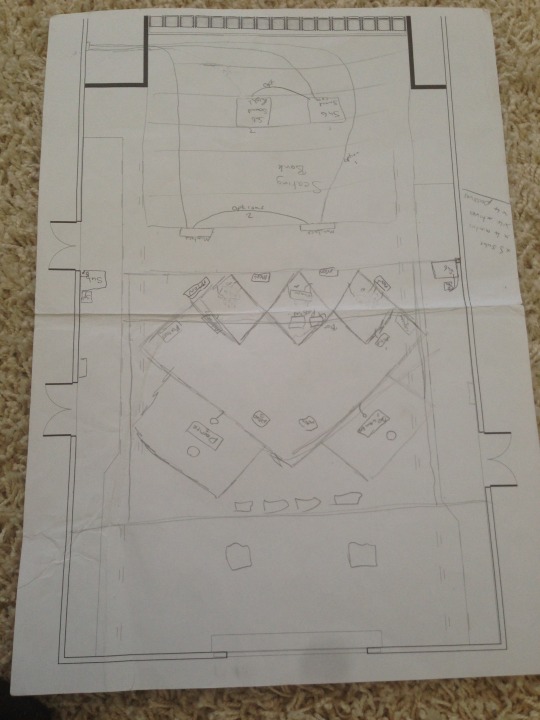
The image shows as follows, seating unit with two Subs daisy chained together producing low frequency noise and two monitors facing the performers either singly patched into the patch box or as another option daisy chain them together to save on the xlr’s being used.
then have on the main stage in total 10 monitors 4 in the front, 2 either side of the stage and 4 at the back for the keys and drums.
0 notes
Text
Sound acoustics
https://www.dropbox.com/s/e06ka0qtzeb6oru/Sound%20acoustics%20in%20venues.docx?dl=0
0 notes
Audio
this is the advert I made of PPI using the made up ‘miskin solicitors’ to create this I used the programme logic pro 9 and used the sound desk to help me with the mic and the small monitor so I could hear myself as I was recording.
I wrote a small script which lasted about 30 seconds long, it gave me time to write all the relevant information down, I listened to other adverts such as Gladstone brookes and Have I got PPI.com just to get a basis of an idea for what to say.
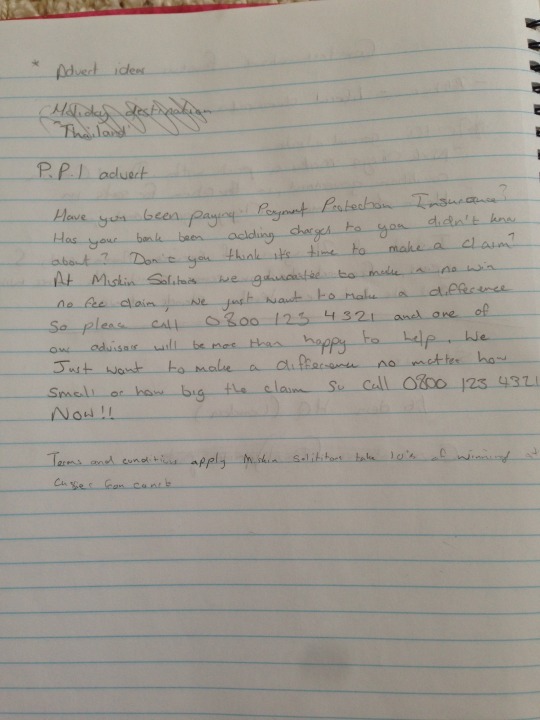
0 notes
Text
Theatre arts business c5
https://www.dropbox.com/s/m6beesfrg7vli6o/The%20differences%20between%20private%20and%20public%20funding%20for%20the%20entertainment%20industry.docx?dl=0
0 notes
Photo
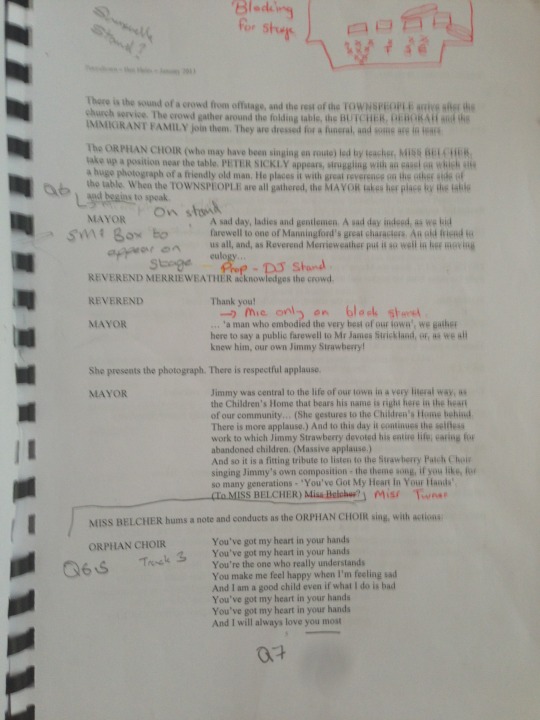
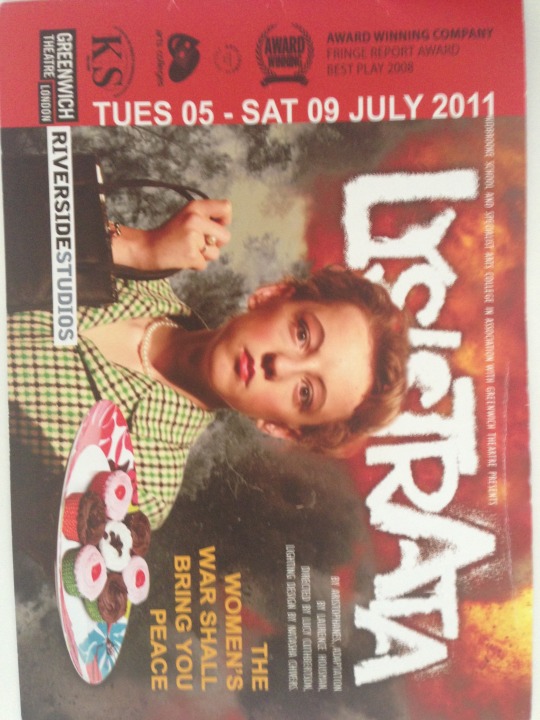
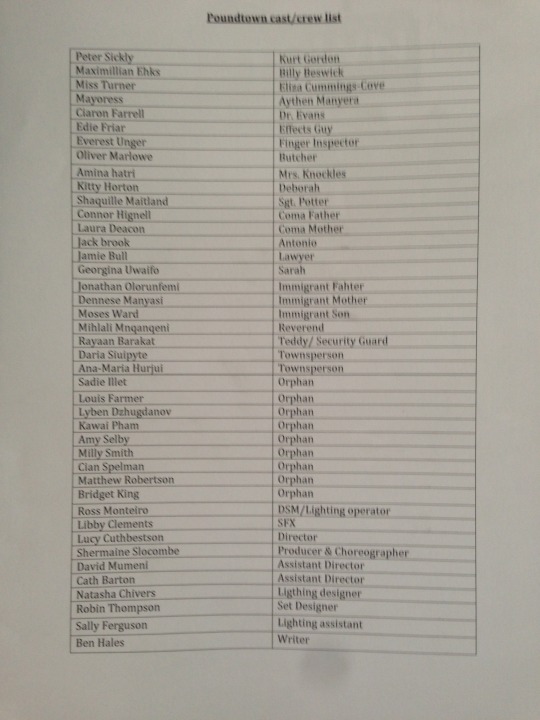
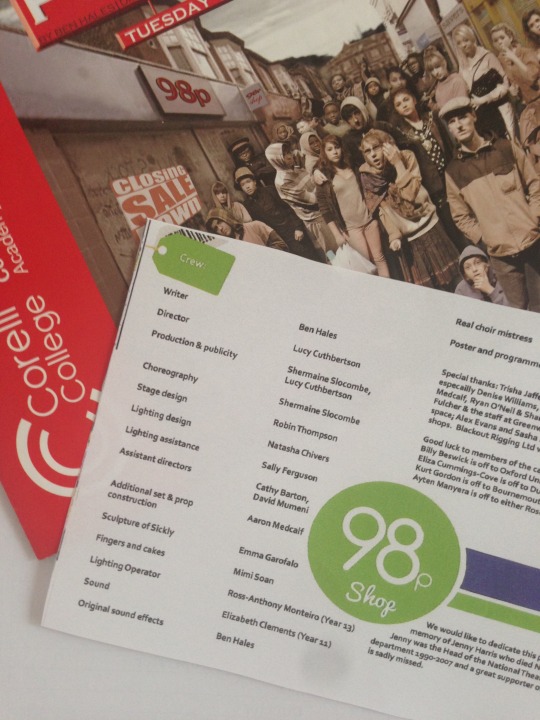
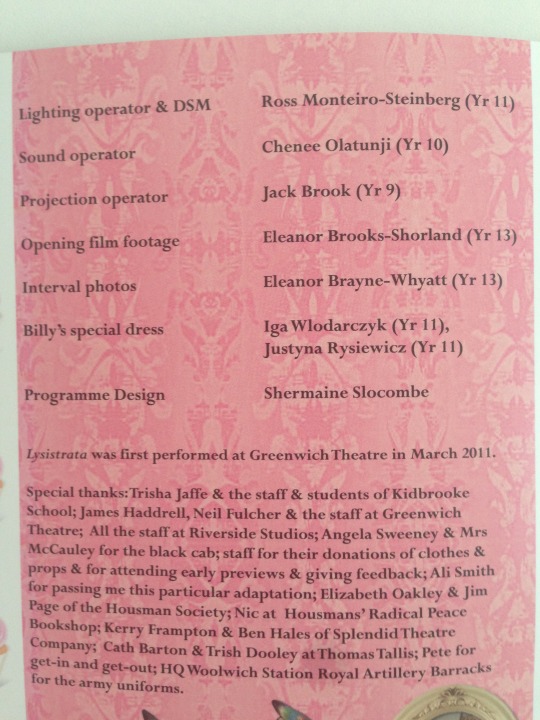
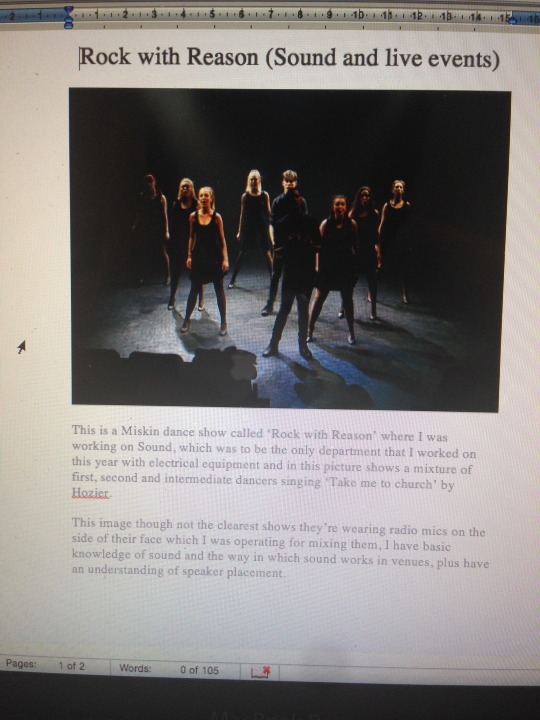
part of portfolio work for miscue and previous shows
0 notes
Text
theatre arts business c3
https://www.dropbox.com/s/go0l7thd7cy9jbm/The%20differences%20between%20three%20prestigious%20unions.docx?dl=0
0 notes
Text
theatre arts business job opportunities
https://www.dropbox.com/s/yzodu9buckz6k9x/Unit%203%20performing%20arts%20business%20c1.docx?dl=0
0 notes
Text
theatre arts business technical cv
https://www.dropbox.com/s/ba6ud635zyikbx9/performing%20arts%20business%20c2%20CV.docx?dl=0
0 notes
Text
Theatre arts business Cover letter
https://www.dropbox.com/s/t5dlq06ef7s4jm9/theatre%20arts%20business%20cover%20letter.docx?dl=0
0 notes
Text
theatre arts business budget sheet
https://www.dropbox.com/s/dk281wexeiv4kn9/Workbook1.xlsx?dl=0
0 notes
Text
https://www.youtube.com/watch?v=UvxlfXjcmIY
This is a video of me working on ‘rock with reason’ operating all the radio mics for the dancers to sing ‘take me to church’ by Hozier and operating from QLab.
Using the mute groups to turn the singers mics on just before the song started and pulled down the monitors downstage to stop any feedback from occurring.
Elle was the first singer to start so I had to change the volume of the song and push up her fader so the audience could hear her, I found a suitable level for the track quite quickly and could continue to mix the singers at suitable levels.
All the other singers soon joined in with the chorus which enabled me to determine who was singing louder and clearer at certain parts of the song, mixing the girls seemed easier than the boys, even though a few of them needed a little extra gain so they could be heard.
some mics were not turned on where they still muted from the crew who didn't or forgot to press the button to enable the singers to be heard.
Looking back at the video and listening to my mixing I could’ve pulled back on a few of the singers as the mix didn't have the same amount of balance it quite possibly could have sounded, I pushed a few of the singers to the point I almost experienced feedback but managed to pull back on the desk and the monitors to avoid it from getting any louder.
0 notes
Text
Acoustics in the miskin theatre
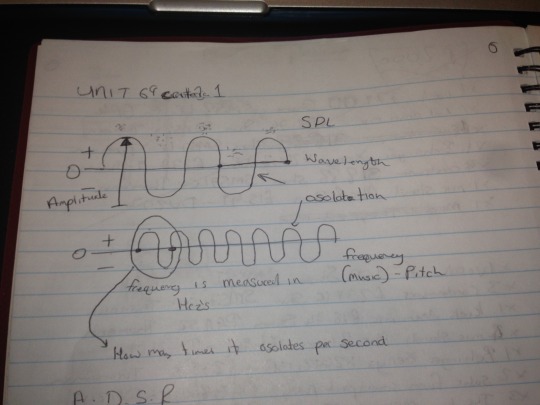
the way in which sound waves work are as follows from the 0 to the plus is known as the + is known as the amplitude which depicts the higher pitches and lower pitches (frequency), which is measured in Hrz. The osolation is how many times per second the sound continues for.
which brings me onto A.D.S.R which stands for Attack, Decay, Sustain and Release:
the attack starts at the peak of the sound wave, the decay begins after the peak has struck and starts to quieten down, the sustain means that the sound stays at a constant, and the release is the sound to tone to a quiet to stopped tone which helps us humans as our hearing in Hrz is only from 20Hz to 20 kHz.
Rooms all have sound tones, some are lighter than others. Sound travel at 341m per second to a perfect tone at 1 khz. Which helps in the development of sound for a room and the angle of fraction that takes place with sound boucing around the room. In the miskin for example what needs to be taken into consideration is the room, being the auditorium, what could help improve it? In that room its made by bricks, the angled glass panels in the auditorium help improve the sound by sending it down the seating bank, which is angled acutely most importantly to allow sound to travel better
0 notes
Photo










this is my presentation from the historical context unit
0 notes
Text
Unit 4 research resources
https://www.dropbox.com/s/wsslsk22u2rwxdg/Research%20page%20for%20references%20of%20my%20historical%20context.docx?dl=0
0 notes
Text
me setting up a PA system
https://www.youtube.com/watch?v=aqDfRKGUFPA&feature=youtu.be
first plug in all XLR’s to jack in the rear of the pa system into the jack outputs as the golden rule states ‘out the pins into the holes’ into the monitors/speakers, from here I then placed into channels 1 and 2 on the back of the mixing booth the XLR to jack for the use of the headphone jack so the actor can play their music in the mornings for warmup. Then using channel 3 I placed the longest XLR into the rear and placed the clip of the XLR into the senneiser E385. In channels 4 and 5 i placed the iPod dock ready for use when directors want to use one with a 30 pin adapter. Once all was plugged into the pa system I could then draw my attention to the power, using 4 IEC’s into a 4 way extension lead Iwas able to power the monitors/speakers flicking the switches on the rear of the amplifier and the dock with the big blue button on the front, and the pa in the left hand corner on the rear.
Now I could start to sort out the gain and the pan of the speakers and check I was getting signal from all 5 XLR’s from the rear, starting off with the headphone jacks I started by making sure the faders were down to 0 on the PA system, then by turning the gain up on channels 1 and 2 I could play Animals on the system. Then able to use the microphone in channel 3 and fade out channels 1and 2. then added the small iPod docking station into channels 4 and 5 however i could not test them as we didn't have any 4 gen iPods or iPhone 4/4s at hand.
0 notes
Text
multicore and patch bay inputs and outputs
on our sound desk which is a Sound craft SI compact 32 channel which has 32 channels in it, this is the desk in question with a rough look alike of our patch bay in the miskin :
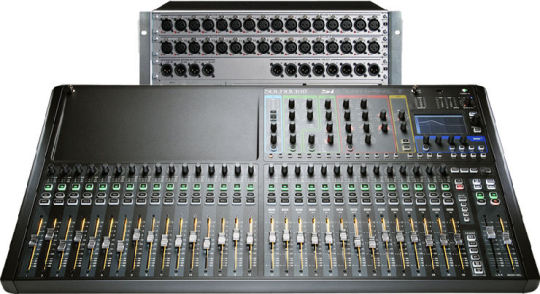
using all 32 channels into a multicore with 16 ports a piece with 8 output xlr outputs as a return
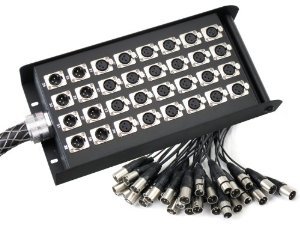
as a luxury we have two of these with 24 channels all together so the list as follows into which channel went to which item on stage right and left.
ch 1 kick drum
ch 2 snare drum
ch 3 overhead
ch 4-5 bass
ch6-9 guitars
ch 10-11 keys
ch 12-15 vox (vocals)
ch 16 tenor horn radio mic pack A
bus outputs 1-5 monitors
stage left
ch 17 kick drum
ch 18 snare drum
ch 19 overhead
ch 20-21 bass
ch 22-25 guitars
ch 26-29 vox (vocals)
ch 30-31 keys
ch 32 sample pad
bus 6-10 monitors
this was the set up of stage right also known as sound left
0 notes